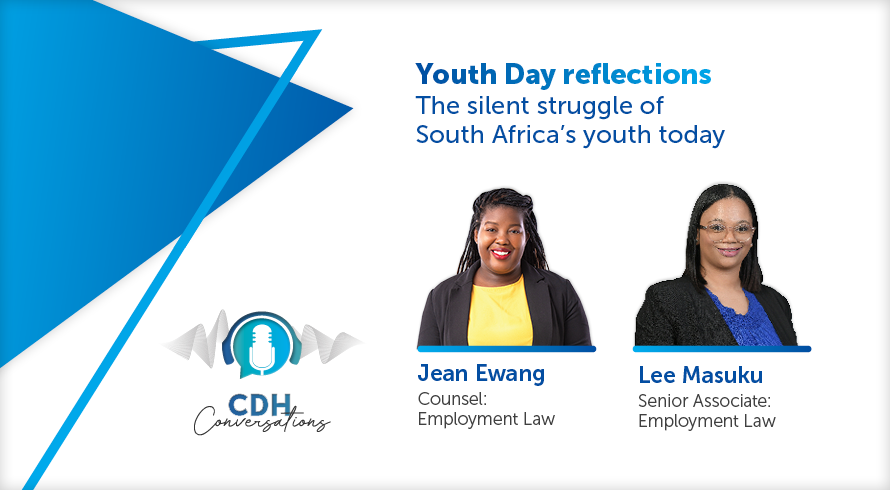Secondary Strikes: Ground-breaking legal principles established by the Constitutional Court
At a glance
- The Constitutional Court ruled that the proportionality principle can be taken into account when determining the reasonableness of a secondary strike under section 66 of the Labour Relations Act.
- The court found that the potential harm to both the secondary employer and the primary employer must be balanced, considering factors such as strike duration, number of employees involved, conduct of the strikers, and the sector affected.
- The judgment clarified that once a strike turns violent, it loses the protection of the law, and the preferred approach is to seek an interdict to address violence rather than challenging the protected nature of the secondary strike.
This matter finds its genesis in the 2018 wage strike by AMCU at Sibanye Gold Limited t/a Sibanye Stillwater (Sibanye) which endured for a period of five months. At the beginning of the fourth month of the strike, AMCU served multiple notices of secondary strikes on various entities in the mining sector seeking to call out its members employed in these entities to embark on a secondary strike for seven days.
In the face of impending crippling secondary strikes, Lonmin Platinum (for which Cliffe Dekker Hofmeyr Inc acted and subsequently acquired by Sibanye Stillwater), together with the other affected secondary employers, launched separate urgent applications in the Labour Court to interdict the secondary strike and declare same unprotected.
The material issue before the Labour Court was whether section 66(2)(c) imports the principle of proportionality i.e. the harm to the secondary employer must be considered as part of the assessment of the reasonableness of the secondary strike and whether on a case by case basis it would be protected. The Labour Court granted the interdicts sought.
The Labour Appeal Court dismissed the appeal on the grounds of mootness given that the primary strike at that stage had long been resolved. AMCU applied for leave to appeal to the Constitutional Court. In a majority judgment, the Constitutional Court held that although the matter was moot, it was in the interests of justice to grant leave to appeal given the importance of the issue to employers and trade unions generally.
The Constitutional Court found that reasonableness imports the test of proportionality. The effect of this is that conceptually proportionality and reasonableness often dove-tail, but not necessarily so. In balancing the potential harm which may be caused to the secondary employer against the potential harm which may be caused to the primary employer relevant factors must be considered. Such factors would include inter alia the duration and form of the strike, the number of employees involved, the membership of trade unions, the conduct of the strikers, including whether the primary strike is peaceful or violent, and the sector involved in the primary and secondary strikes. The Constitutional Court indicated that once strikes cease to be peaceful they lose protection of the law. The prospect of violence during a secondary strike would be a factor when assessing its reasonableness. However, the Constitutional Court stated that the preferred route would be an interdict to stop the violence as opposed to a naked challenge to the protected nature of the secondary strike.
Primary and secondary strikes are distinguished in the LRA. The Constitutional Court found that the test of proportionality limits the right to participate in a secondary strike in accordance with section 66(2)(c) which introduces safeguards to balance the rights of primary and secondary employers.
The Constitutional Court supported the notion that the assessment of reasonableness must first be considered and applied in respect of the individual secondary employer that is challenging the protected nature or otherwise of a secondary strike. It is not impossible, depending on the facts, that the reasonableness test may be applied in respect of more than one secondary employer considered together.
This judgment is very important for employers in the collective bargaining space as it settles the debate whether the test of proportionality has application in the assessment of the reasonableness of a secondary strike on the business of a secondary employer.
The information and material published on this website is provided for general purposes only and does not constitute legal advice. We make every effort to ensure that the content is updated regularly and to offer the most current and accurate information. Please consult one of our lawyers on any specific legal problem or matter. We accept no responsibility for any loss or damage, whether direct or consequential, which may arise from reliance on the information contained in these pages. Please refer to our full terms and conditions. Copyright © 2025 Cliffe Dekker Hofmeyr. All rights reserved. For permission to reproduce an article or publication, please contact us cliffedekkerhofmeyr@cdhlegal.com.
Subscribe
We support our clients’ strategic and operational needs by offering innovative, integrated and high quality thought leadership. To stay up to date on the latest legal developments that may potentially impact your business, subscribe to our alerts, seminar and webinar invitations.
Subscribe




